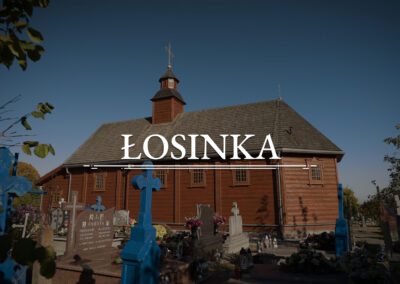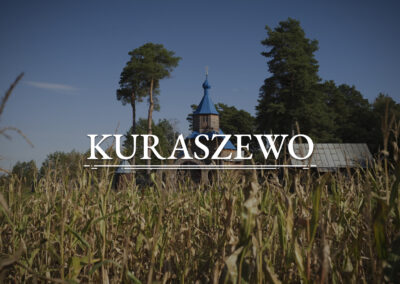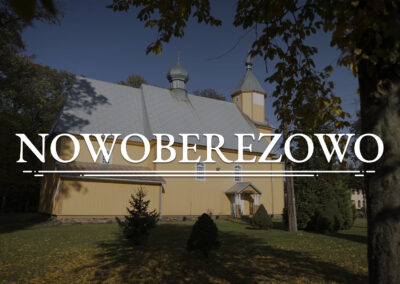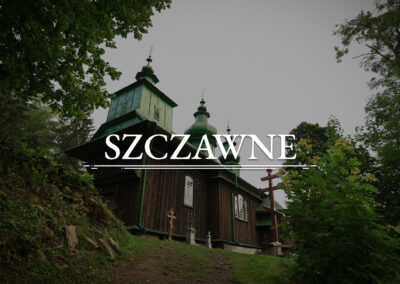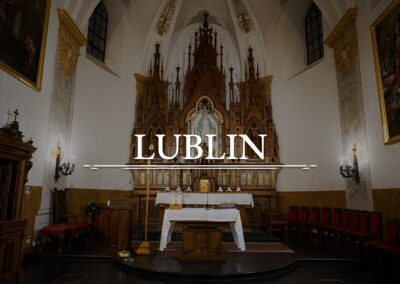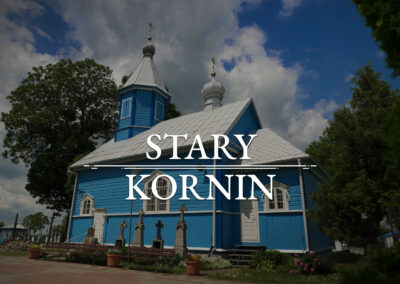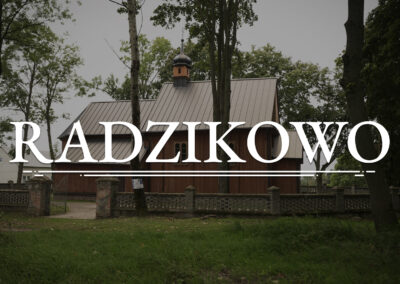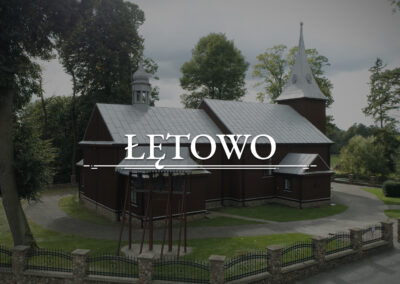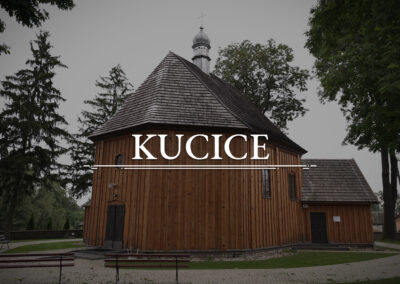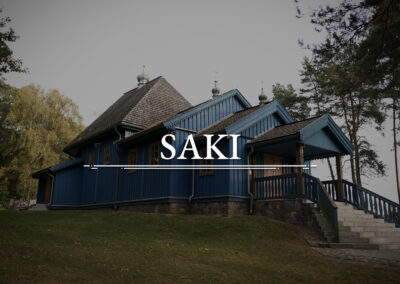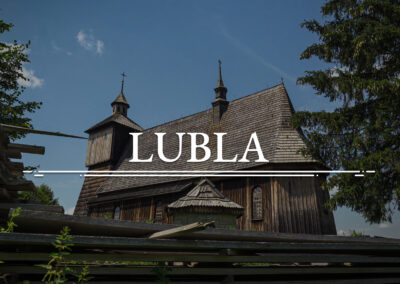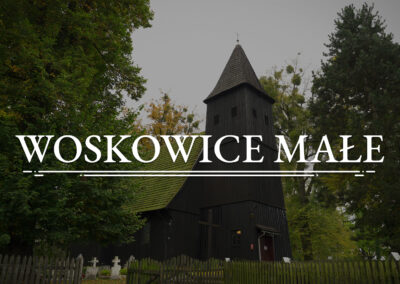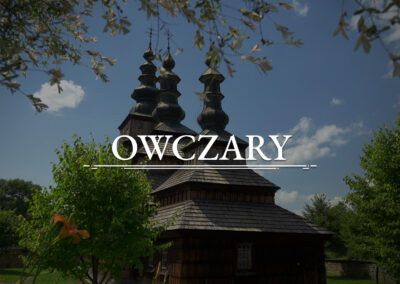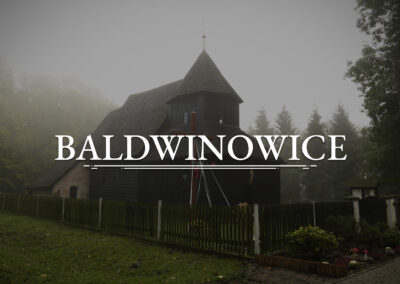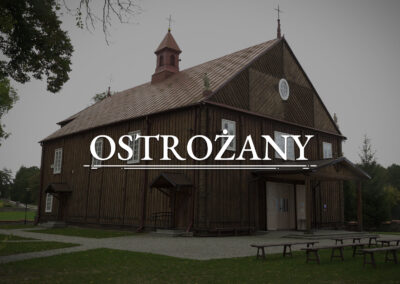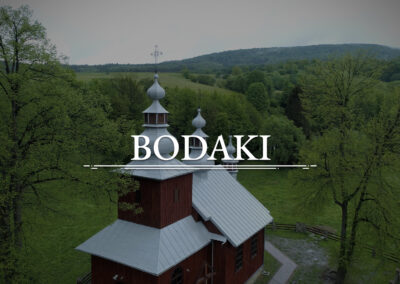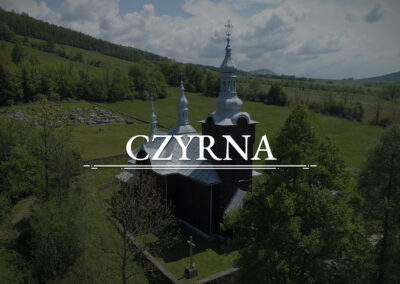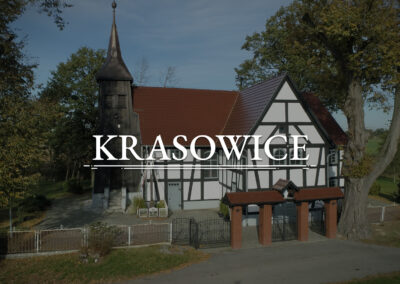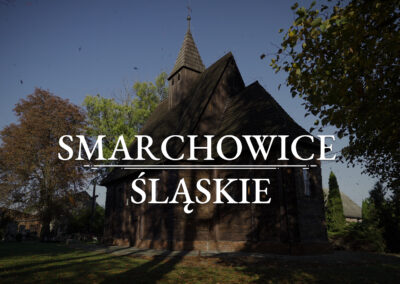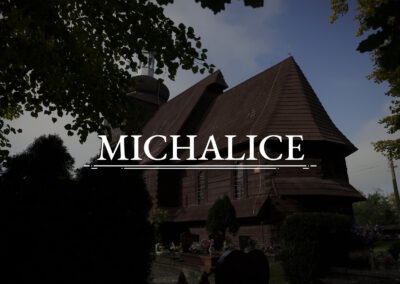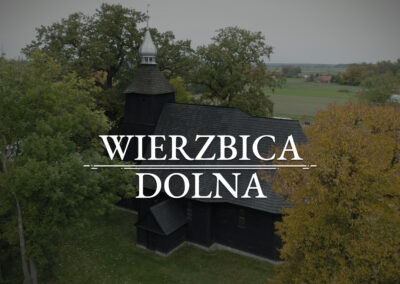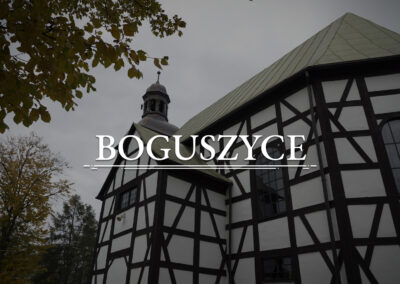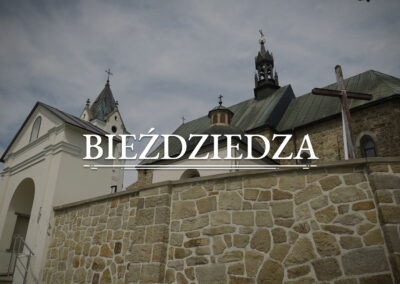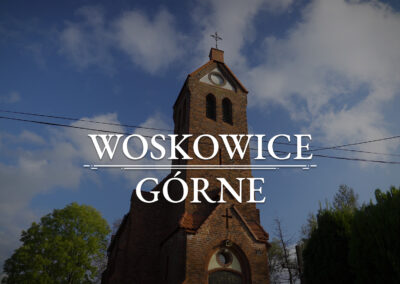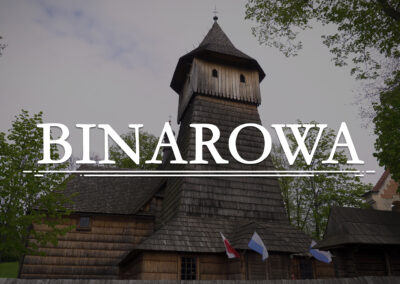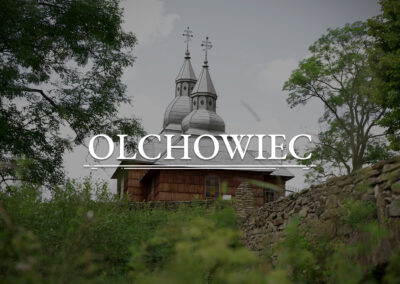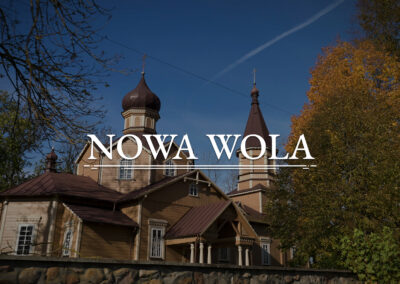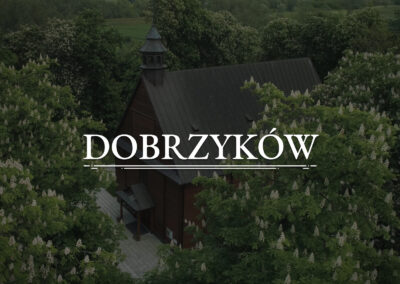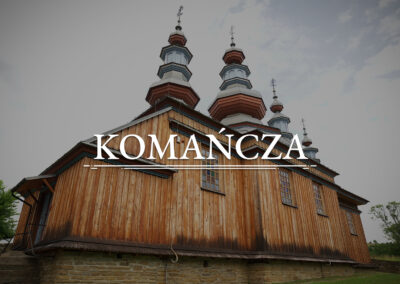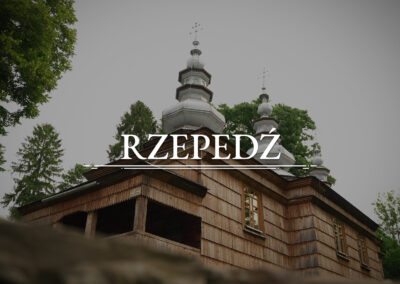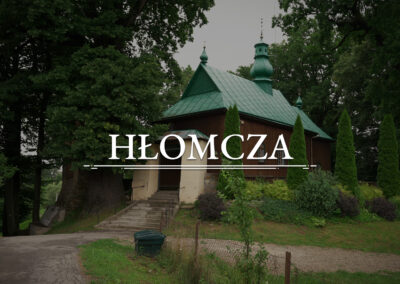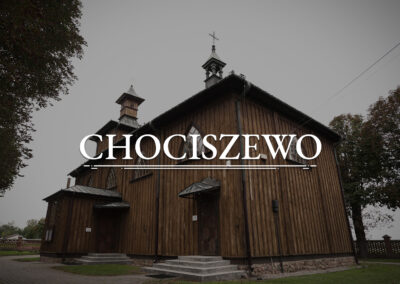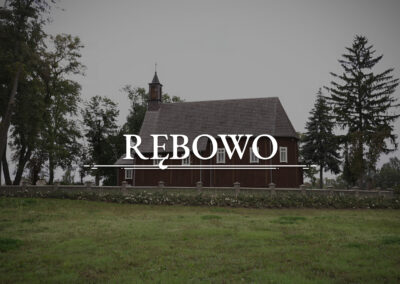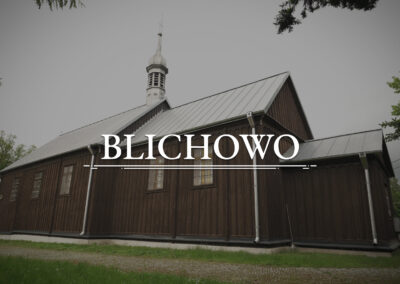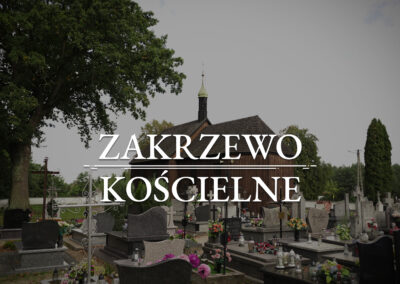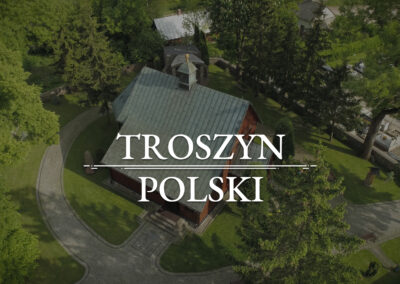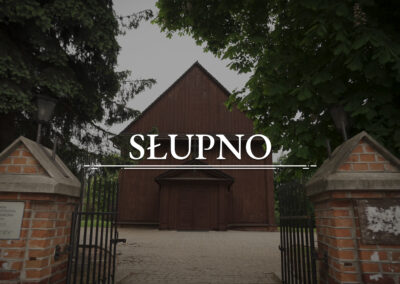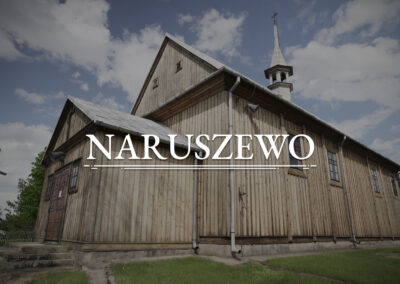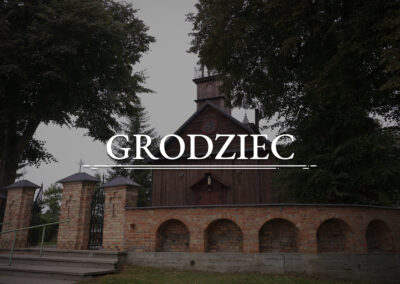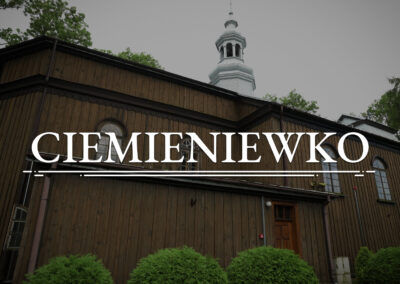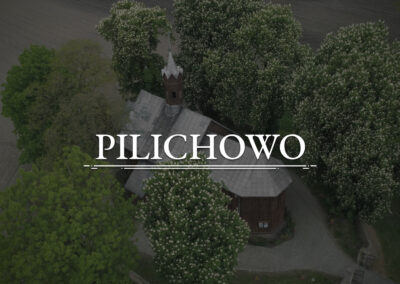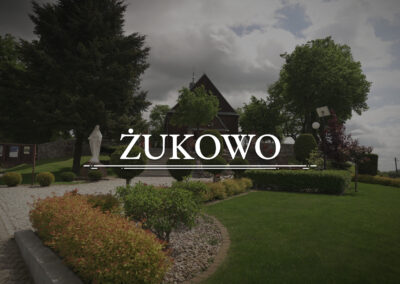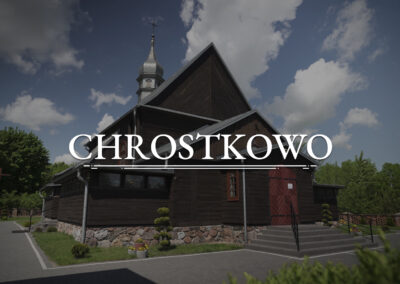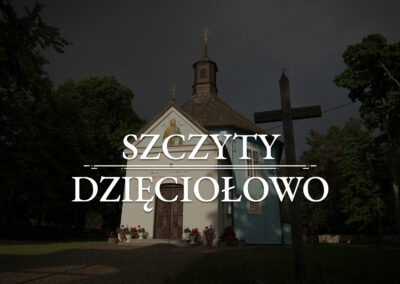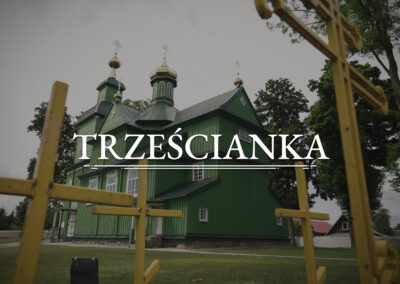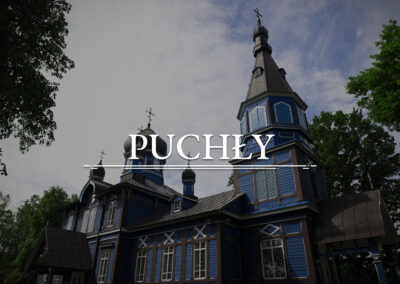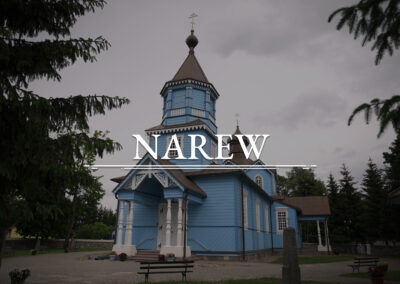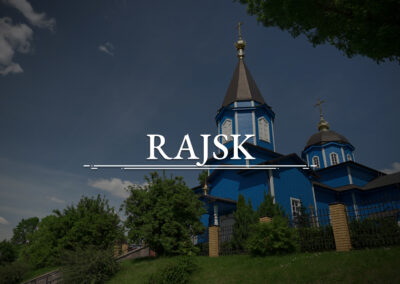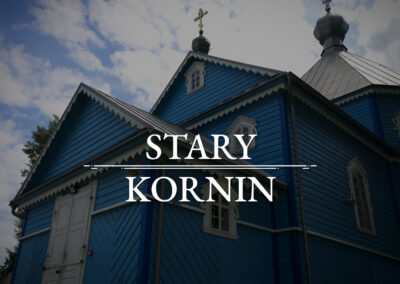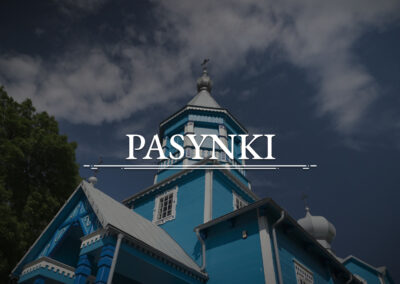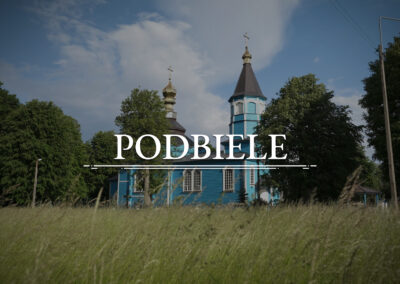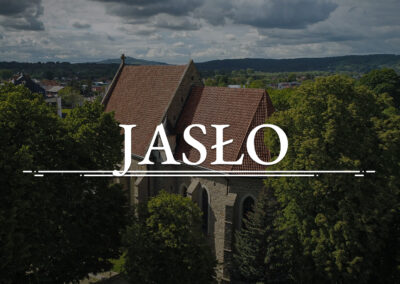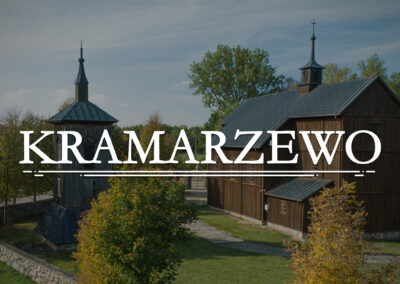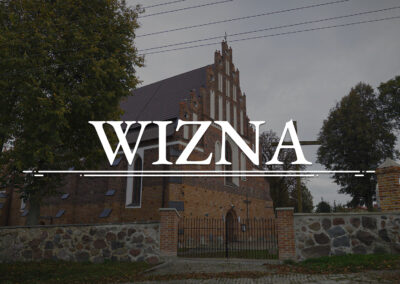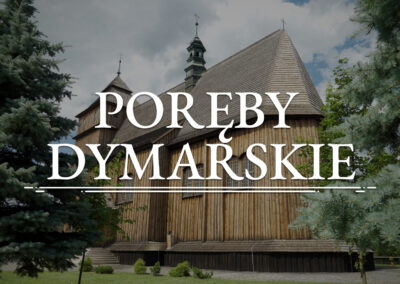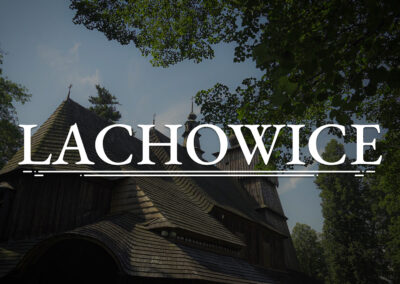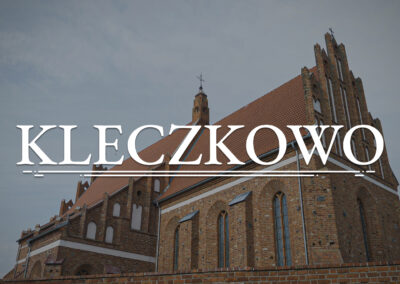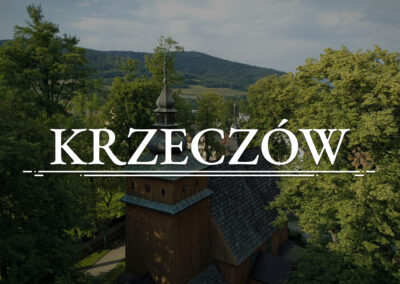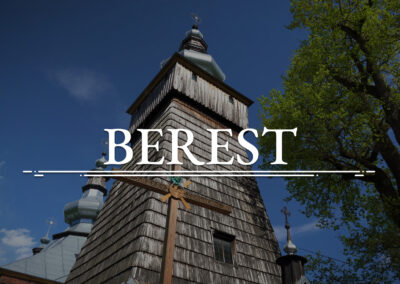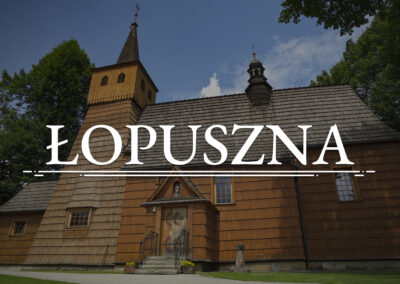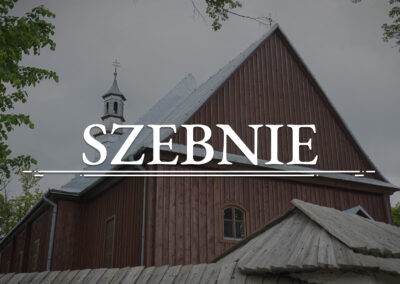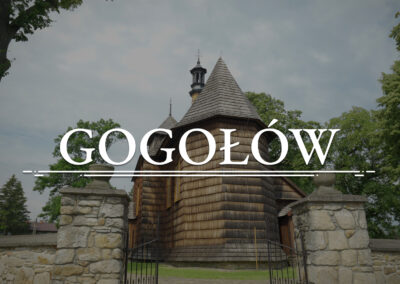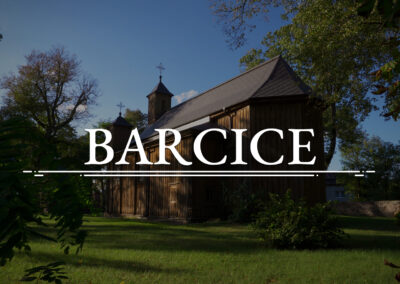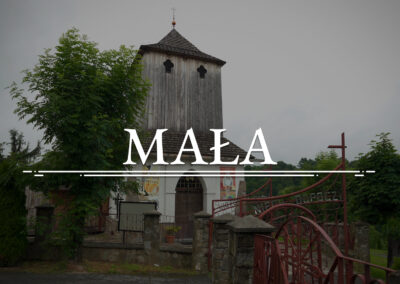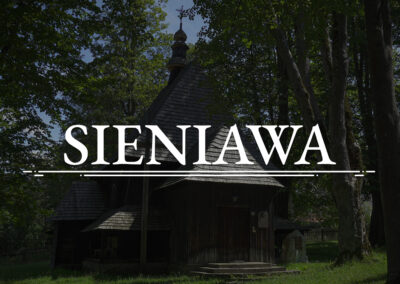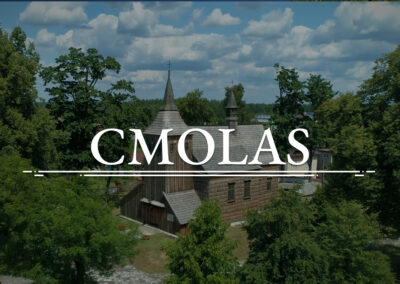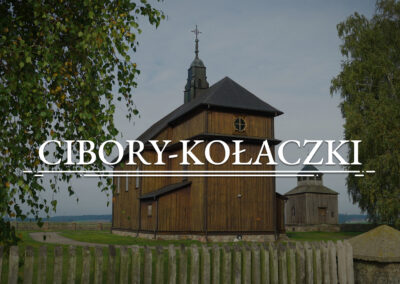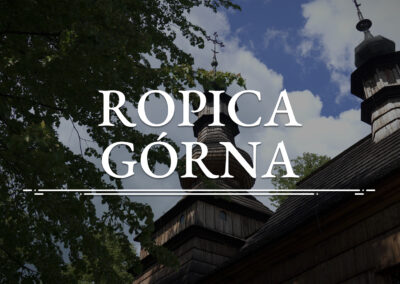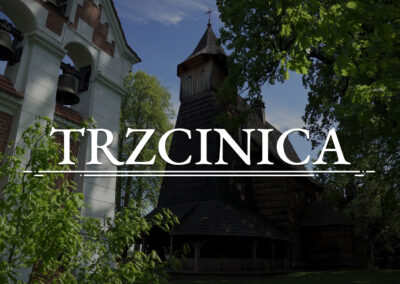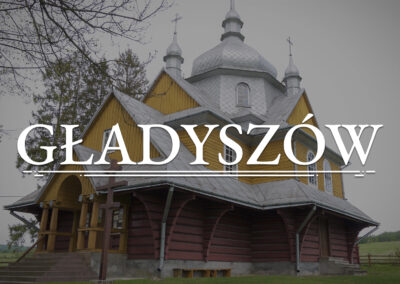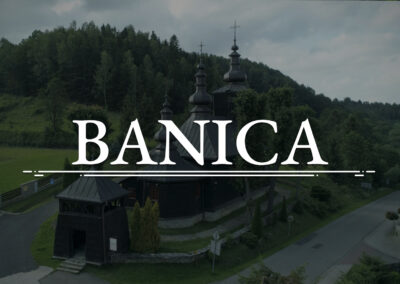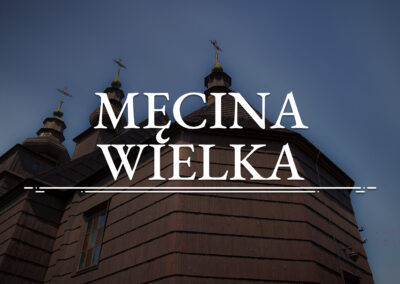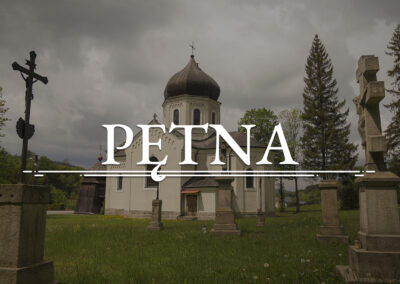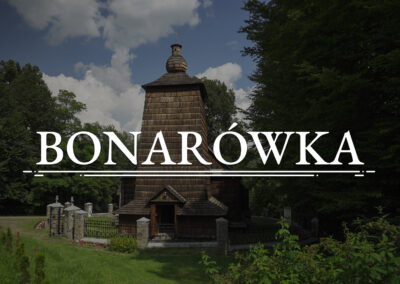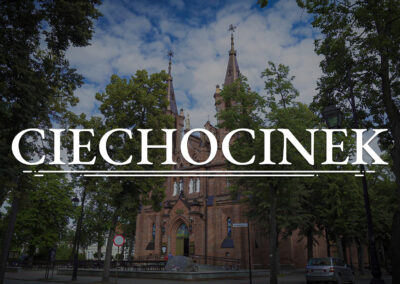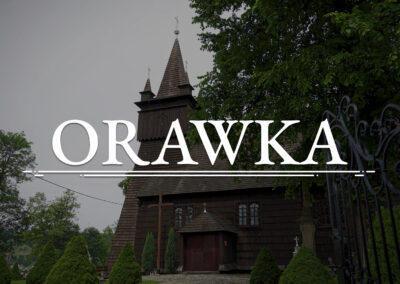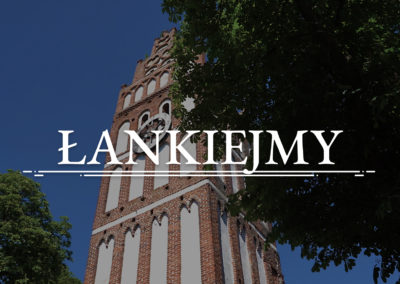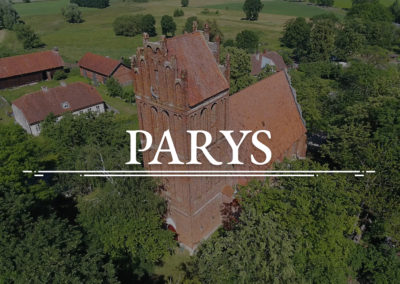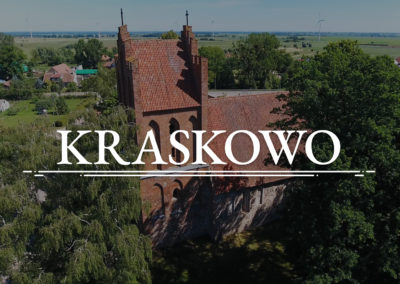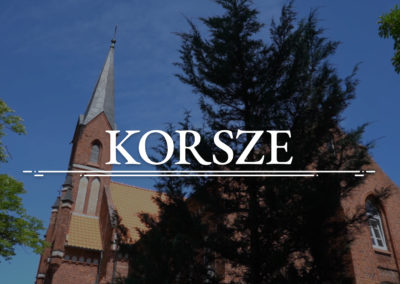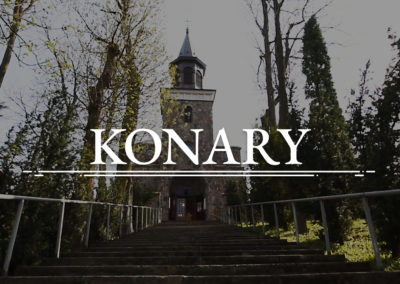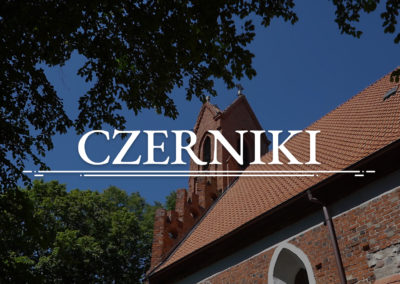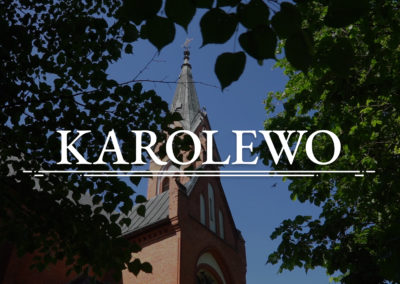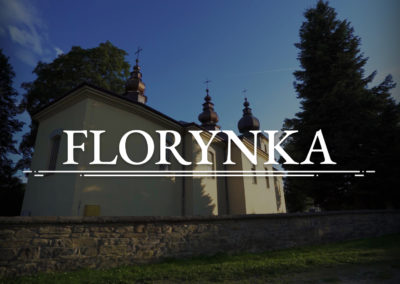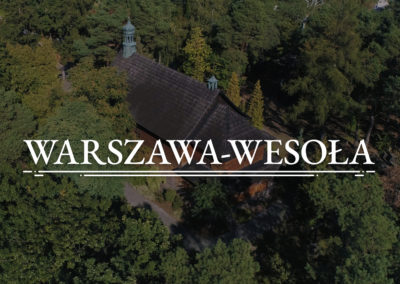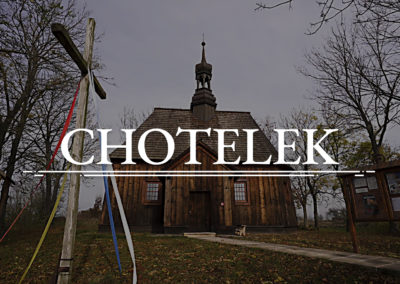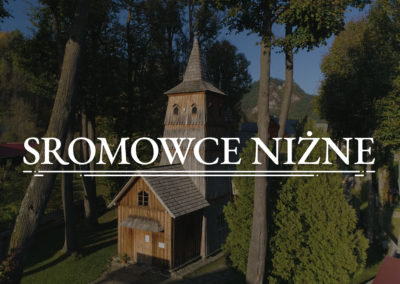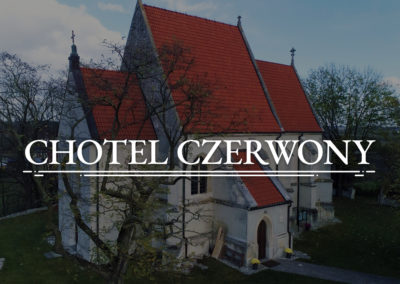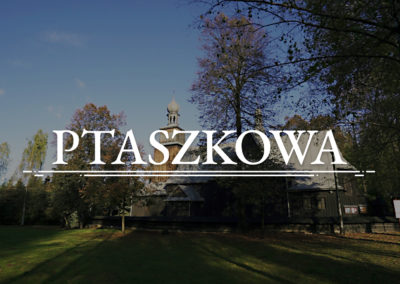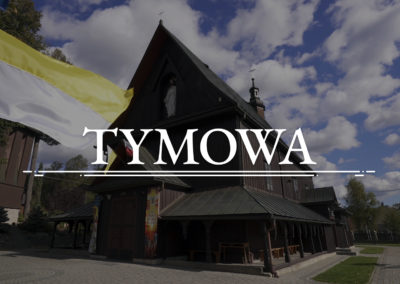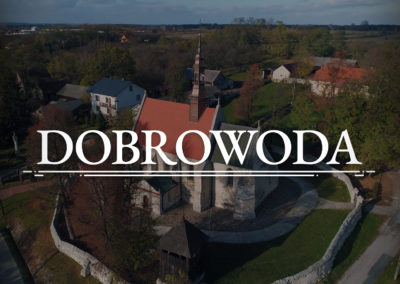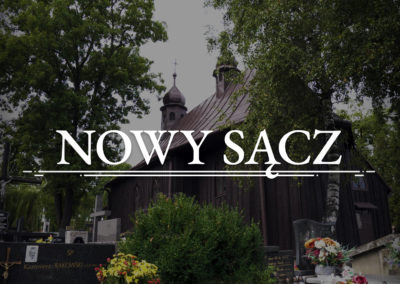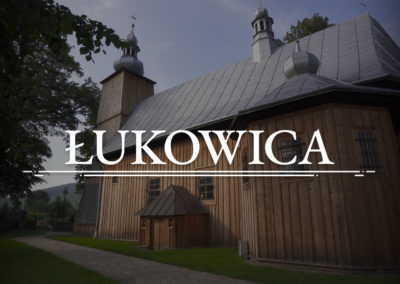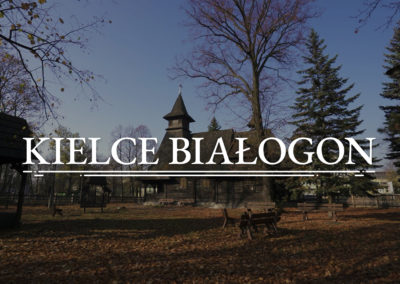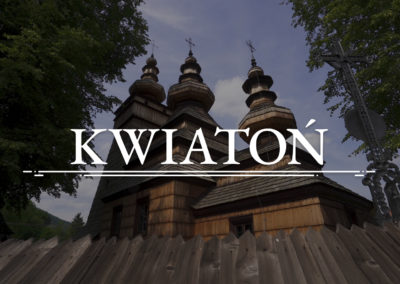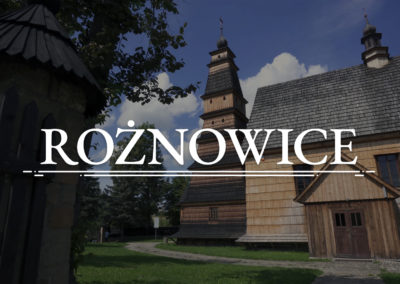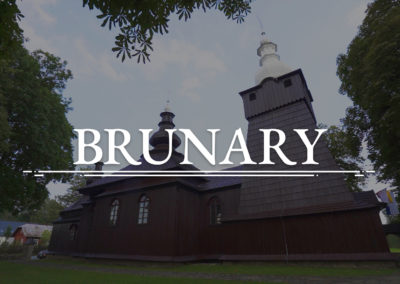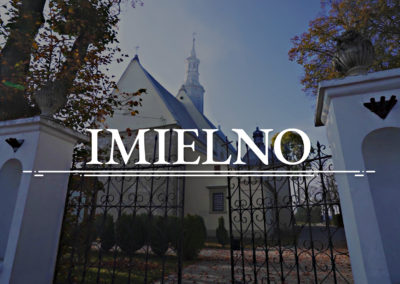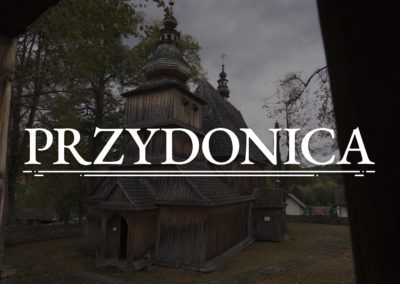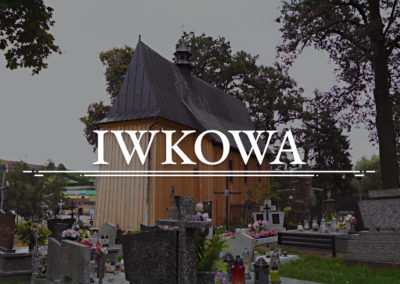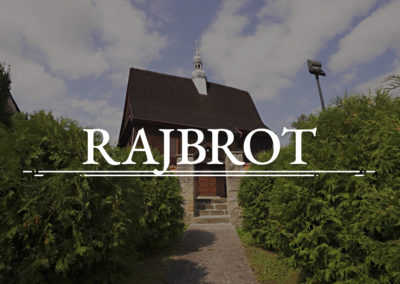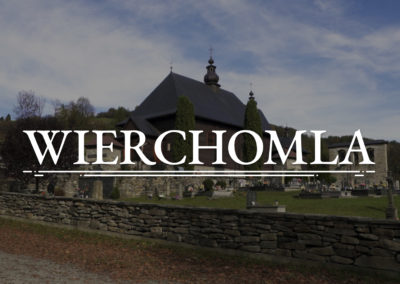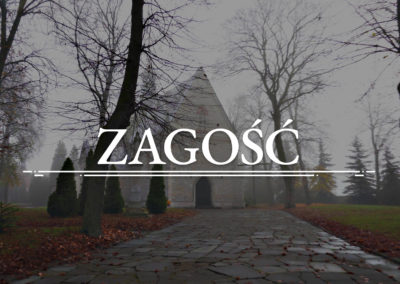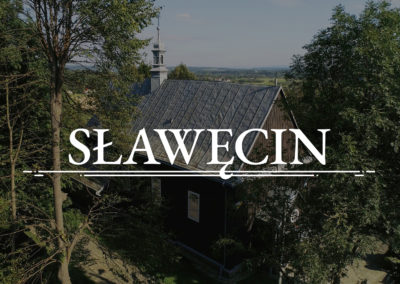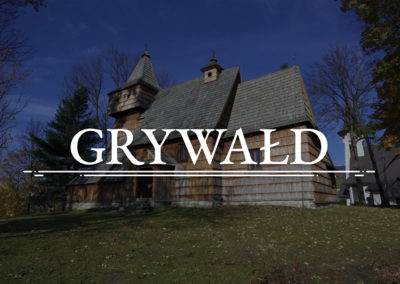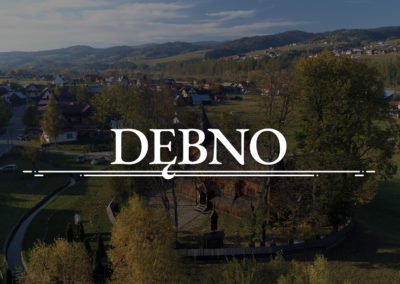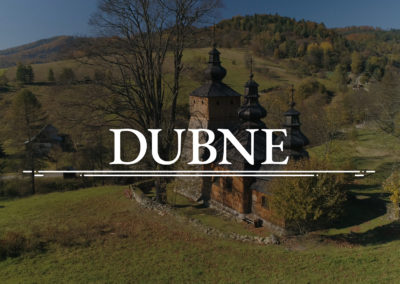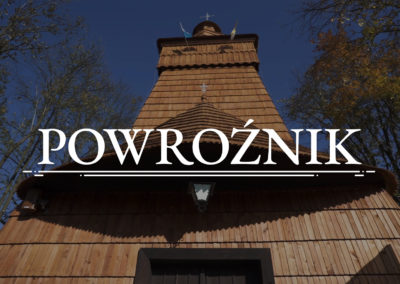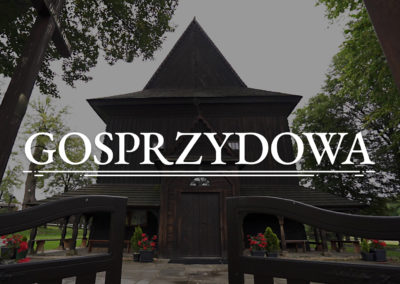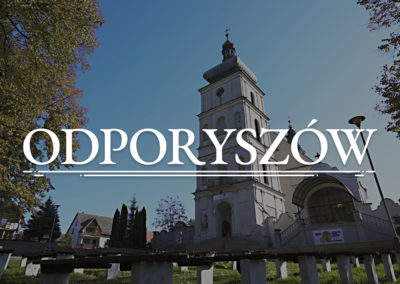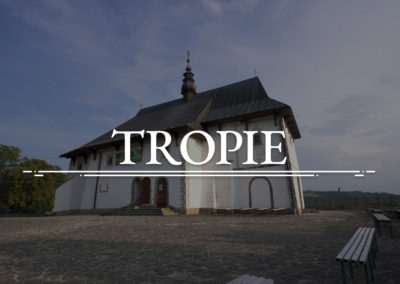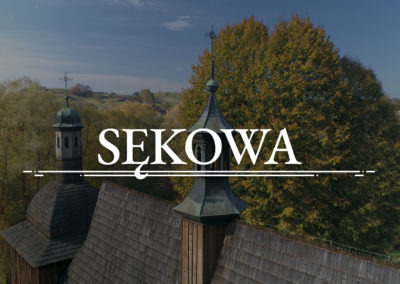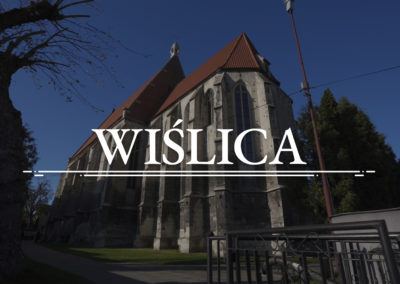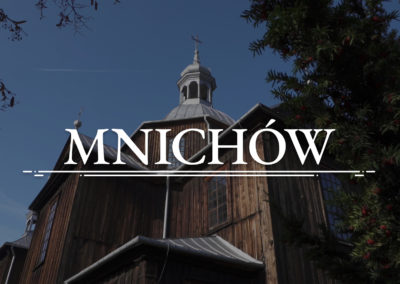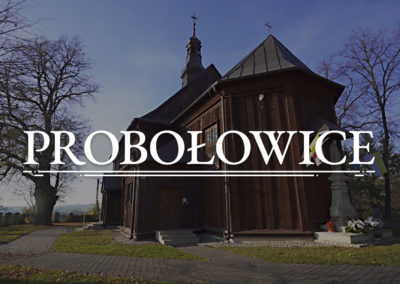JURGÓW - Church of St. Sebastian and of Our Lady of the Rosary
One of the local legends says that it was founded by a robber Jurko, who became its mayor. The name of the settlement was to have originated, of course, from his name and together with him twelve members of his team were to have settled here. Even today, in the village, you can hear among its inhabitants a local dialect of Spisz. Polish linguists consider it to be a local version of the Małopolska dialect of the Polish language, whereas the Slovakian linguists consider it to be a Polish-Slovakian transitional local dialect.
Church
IN JURGÓW
The church of St. Sebastian and of Our Lady of the Rosary is not only in itself an interesting place of worship. The visit of the church offers a great opportunity to find out more about the village and the region, where it was built. Jurgów was founded around the middle of the 16th century. One of the local legends says that it was founded by a robber Jurko, who became its mayor. The name of the settlement was to have originated, of course, from his name and together with him twelve members of his team were to have settled here. Even today, in the village, you can hear among its inhabitants a local dialect of Spisz. Polish linguists consider it to be a local version of the Małopolska dialect of the Polish language, whereas the Slovakian linguists consider it to be a Polish-Slovakian transitional local dialect.
The church we are describing was built in 1675 by Jakub Kesz, the mayor, and Mikołaj, the miller. The shape of the church that we know today has existed since the 19th century. In the years 1811-69 the building was lengthened. In the next century, the chapel of St. Joseph was added.
The wooden church has a log structure and its uniform, multi-hipped roof has a roof truss and upper, side beams extended along the nave (zaskrzynienie). On the roof, we can admire a small ridge turret. The roof above the presbytery has a flat ceiling and the presbytery has an apparent barrel vault.
Once inside, the visitors should pay attention to the polychromies of which geometric and vegetal decorations indicate the Rococo style. They date back to 1813 and in the interwar period they were repainted by Kazimierz Pietka. The interior decoration of the church is referred to by experts as “Spisz Rococo”. The Baroque and Rococo main altar dates from 1869 and holds the figure of Our Lady of the Rosary as well as the sculpture of SS Peter and Paul. To the right, it is worth paying attention to the figure of St. Nicholas, whereas to the left we see the figure of Our Lady with St. Joseph and St. Joachim. Other interesting objects are the painting of the Holy Family as well as the pulpit and the confessional from the 18th century. One of the attractions for tourists is the image of the Archangel defeating the devil, which can be found under the gallery.
In the area, it is worth visiting the Sołtysowie Farmstead. It dates from 1861 and constitutes an example of a typical cottage from the Spisz region. Since 1982, it has been in the possession of the Tatra Museum in Zakopane and hosts an ethnographic exhibition. You can see there the reality and the conditions in which people from this region lived in earlier times.
When going towards the border from Jurgów, in the Podokólne Clearing, you can visit a unique complex of a few dozen wooden shepherds’ shelters. They were transferred here by the residents of Jurgów from Tatra clearings where they used to graze sheep. When they lost the right to do so on the land belonging to Prince Christian Hohenlohe, they moved to the Podokólne Clearing.
Sources:
Jurgów | Church of St. Sebastian and of Our Lady of the Rosary
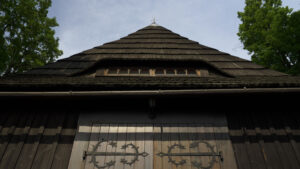
COFUNDED BY THE MINISTER OF CULTURE AND NATIONAL HERITAGE
ORIGINATING FROM CULTURE PROMOTION FUND



